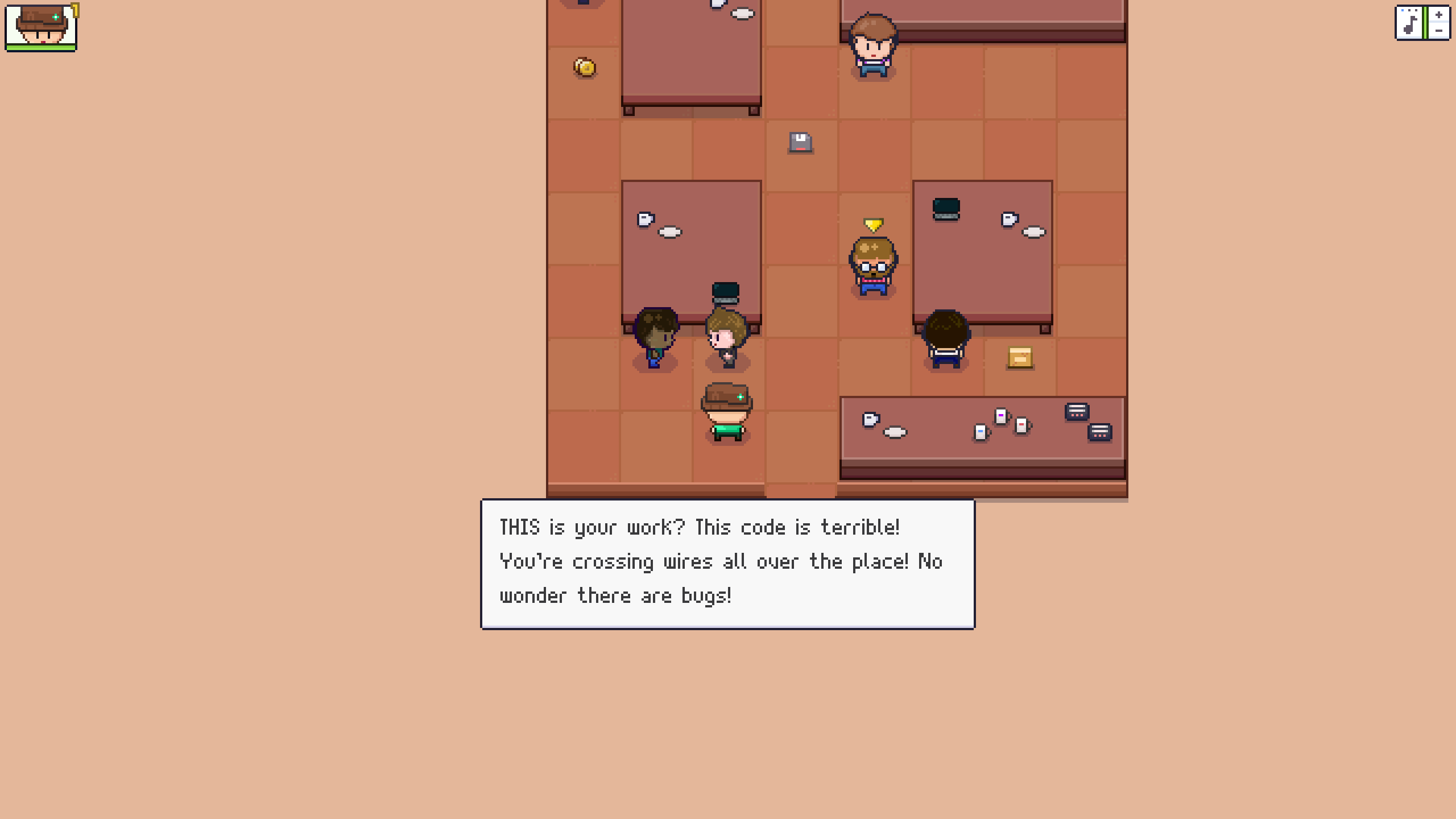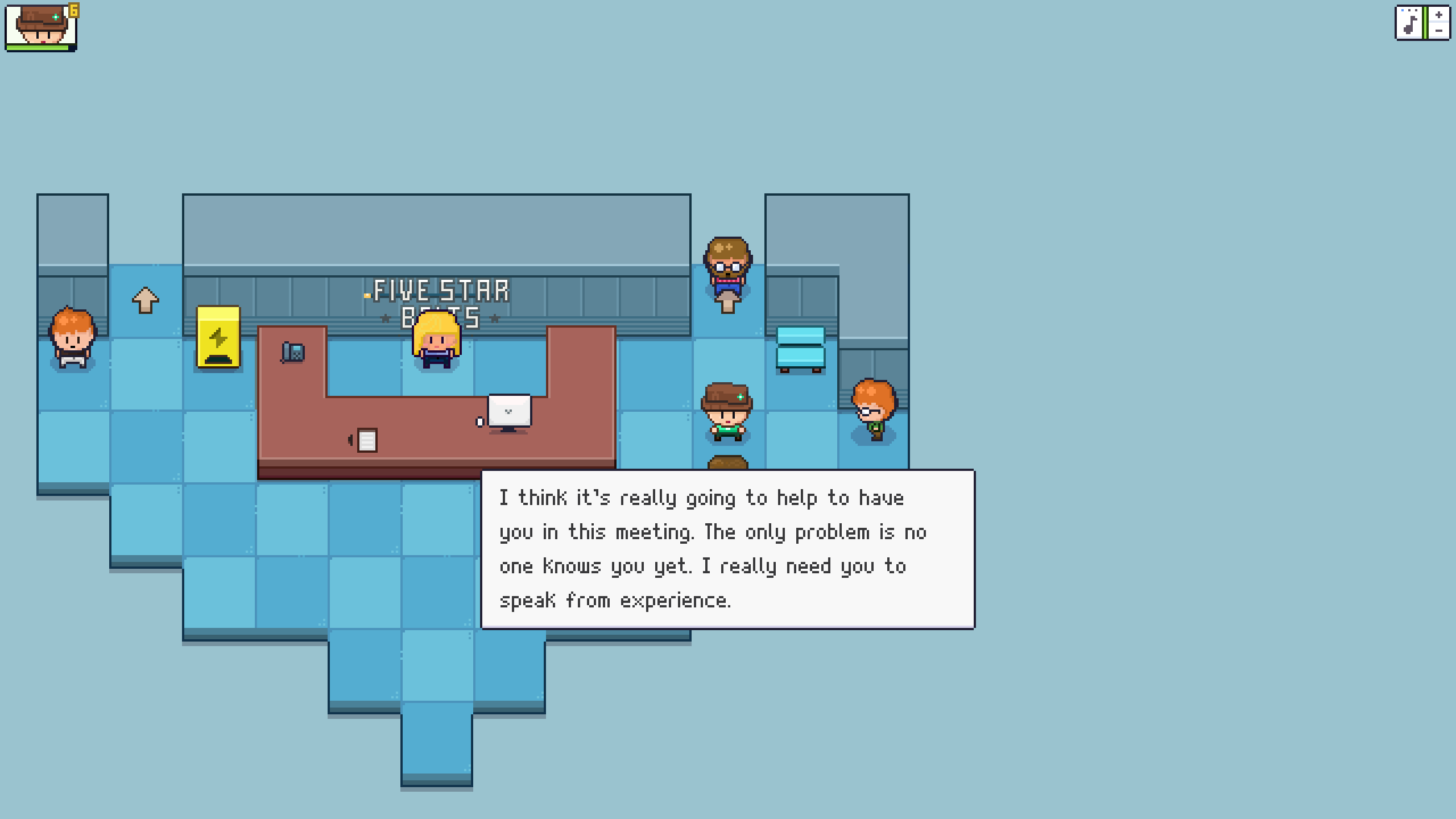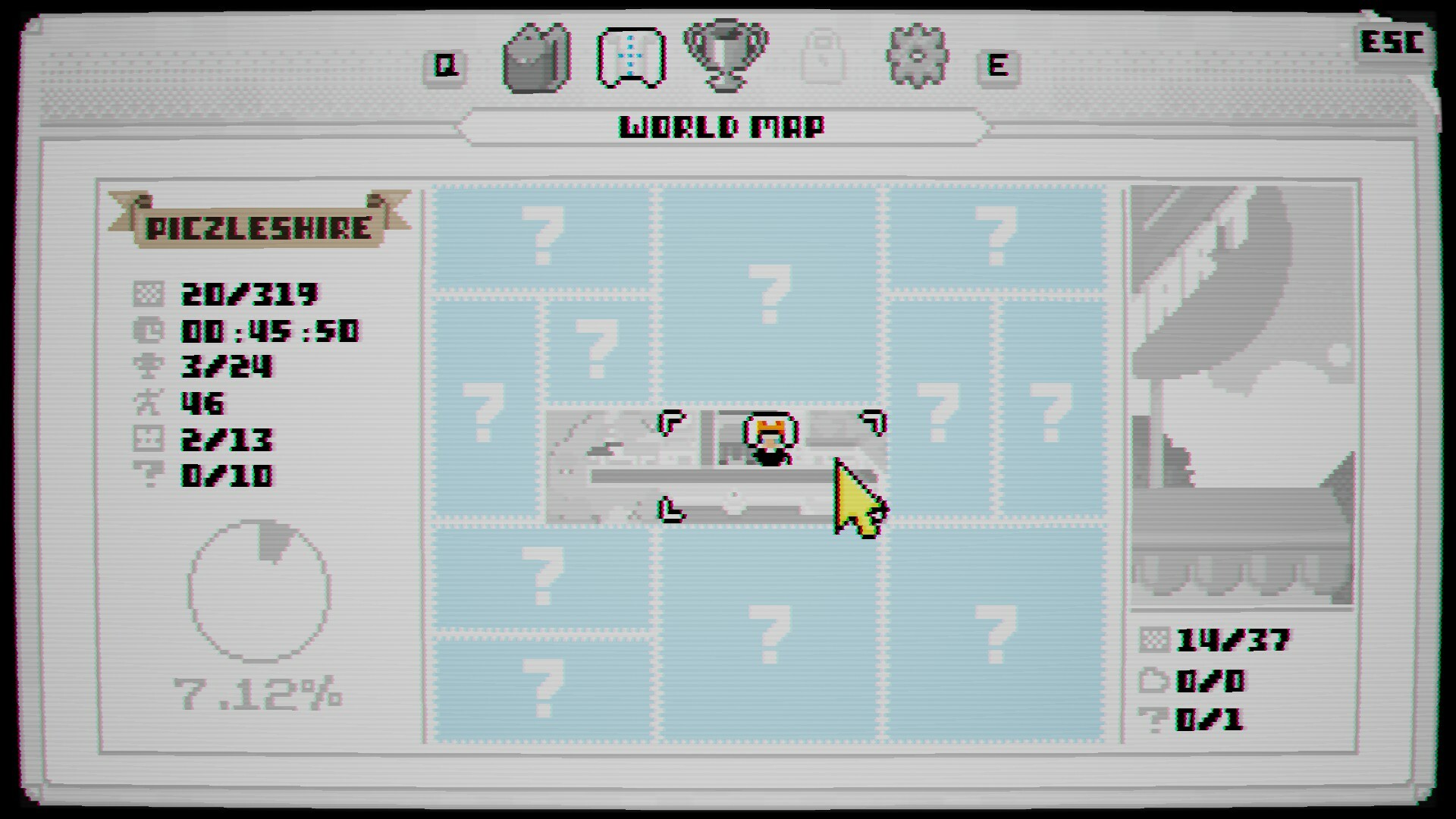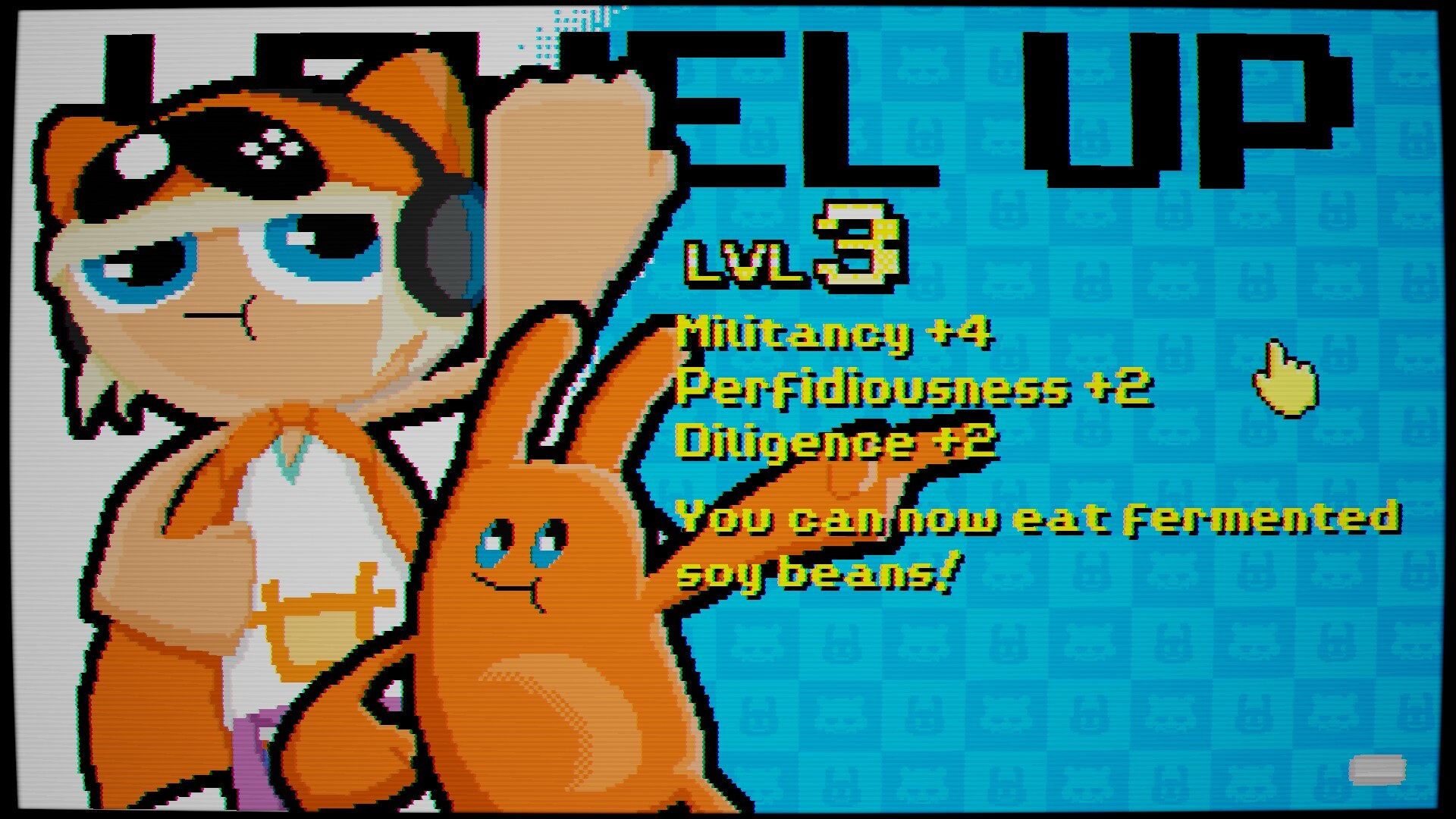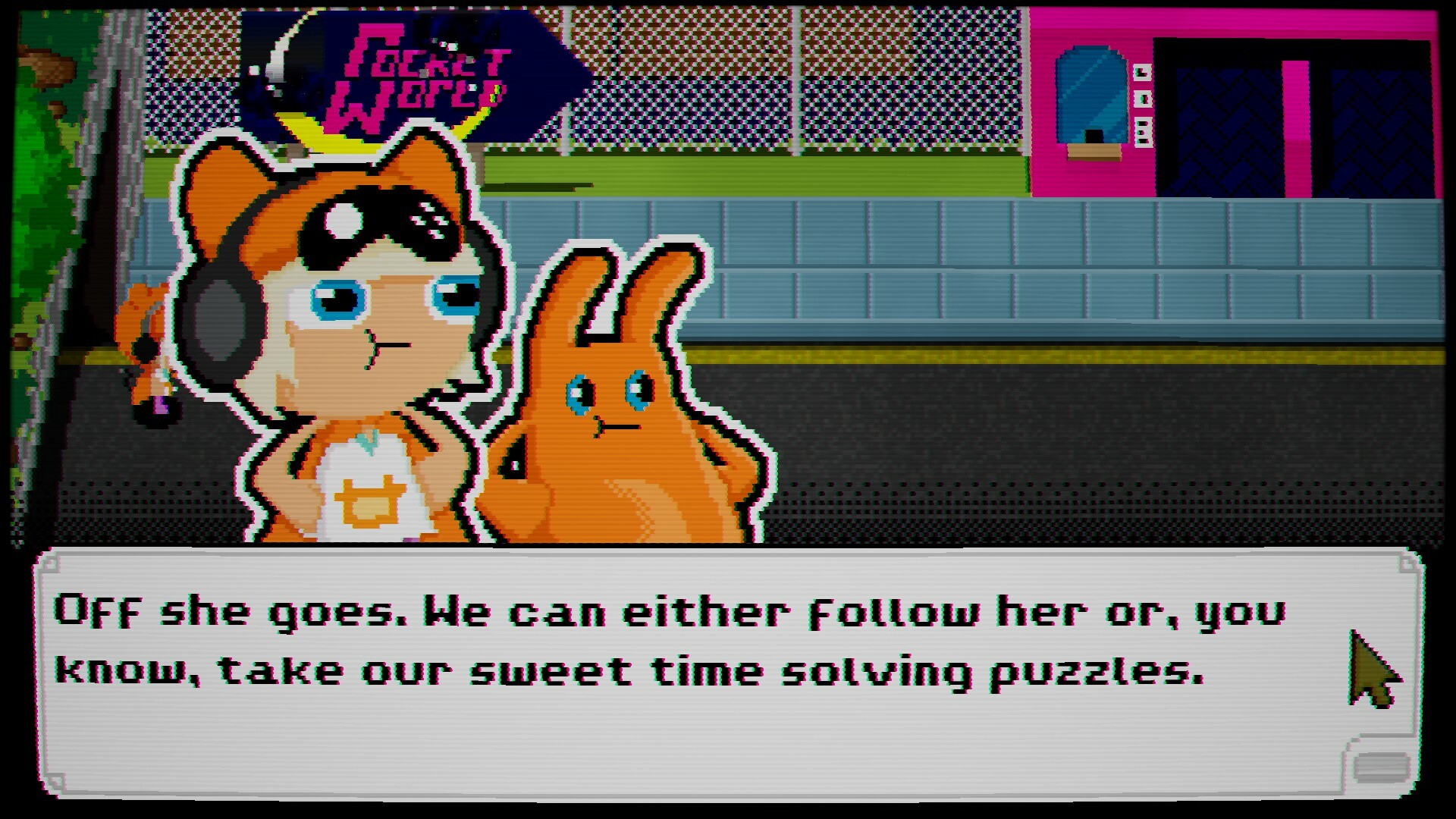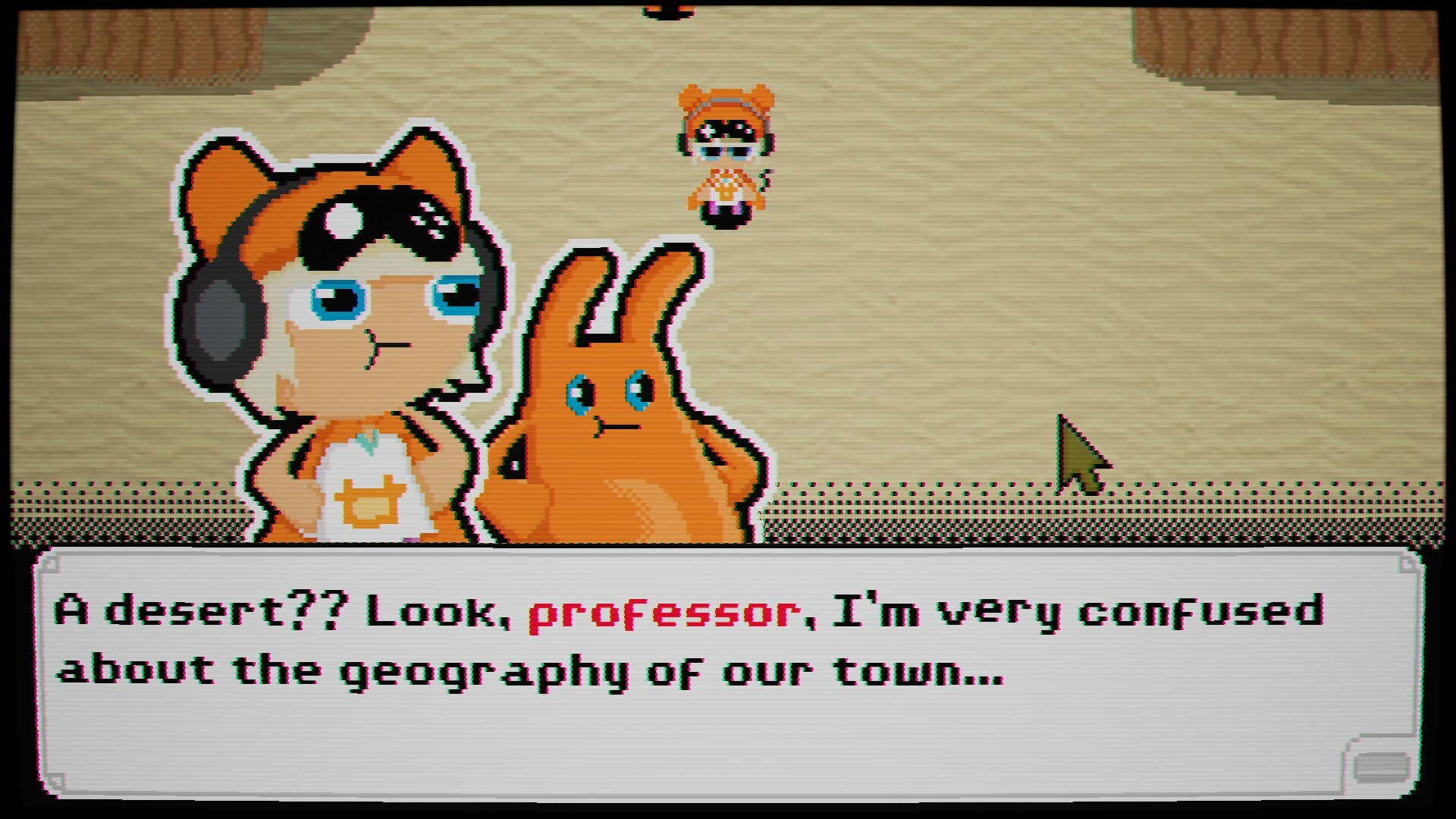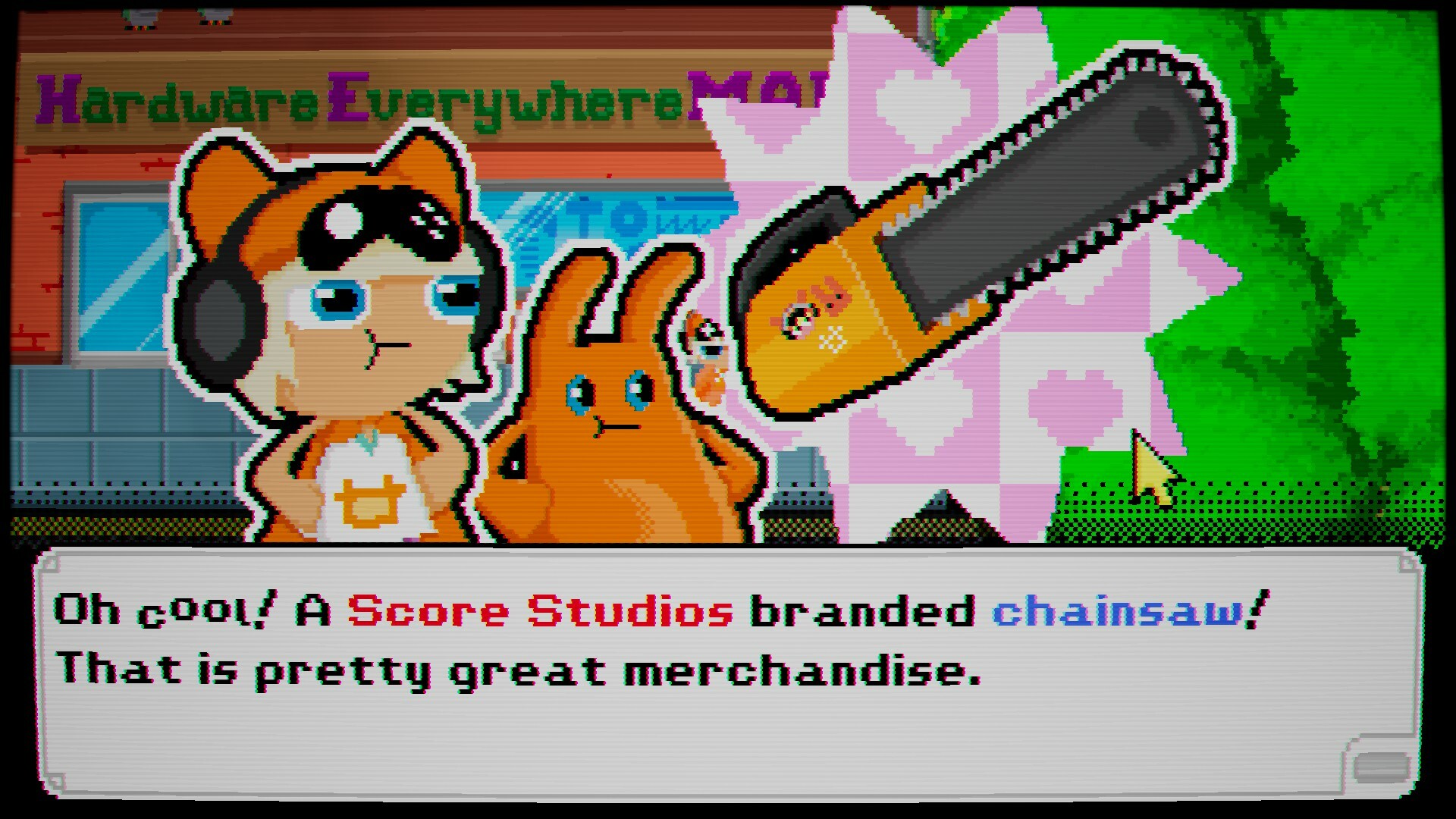For the most part, The Great Ace Attorney Chronicles - the localized collection of two games, Adventures and Resolve, which I thought would never leave Japan - is exactly what an Ace Attorney veteran expects.
From its outlandish, boisterous characters...
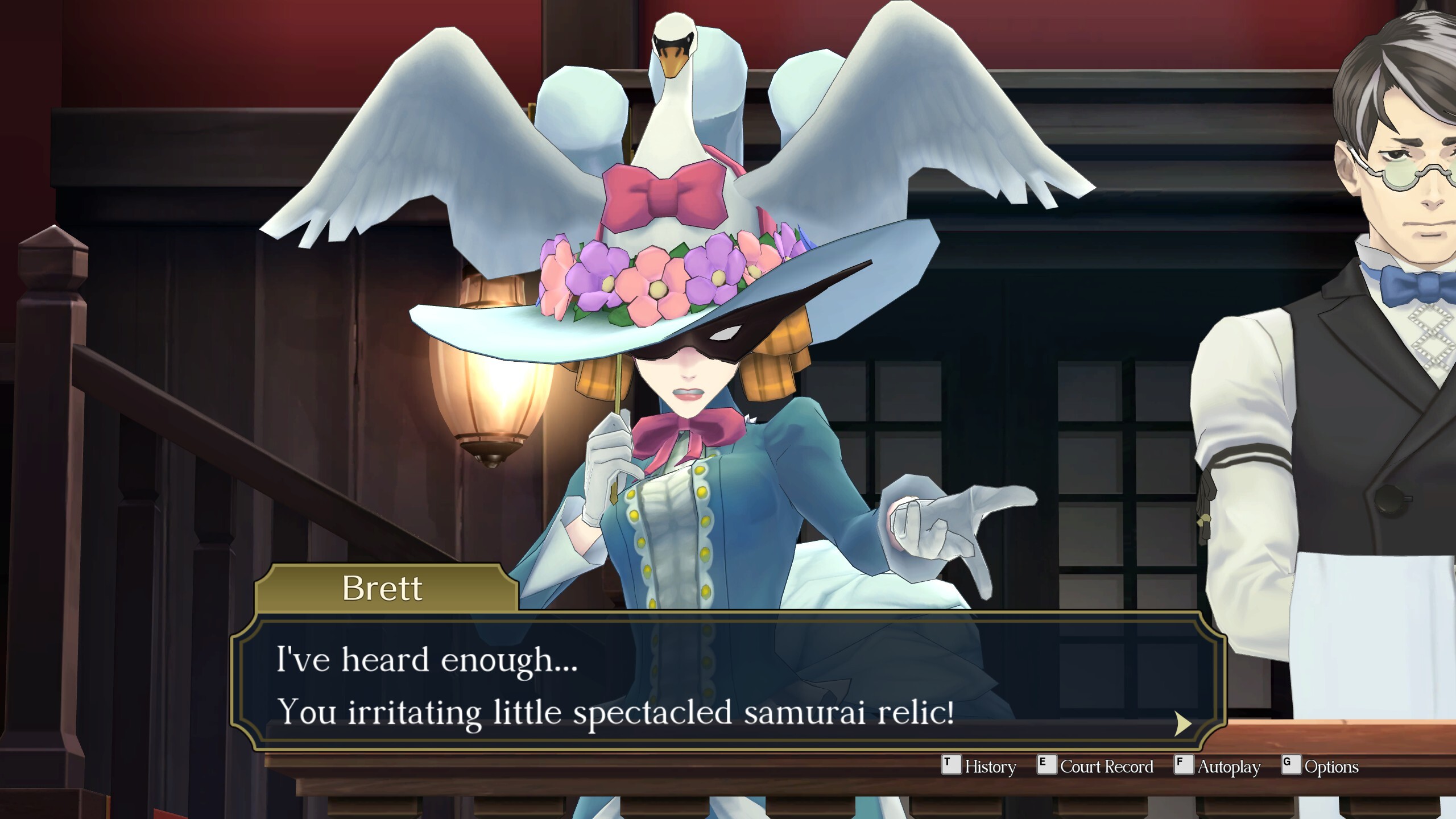
To the protagonist's fish-out-of-water attitude and haphazard trial technique.
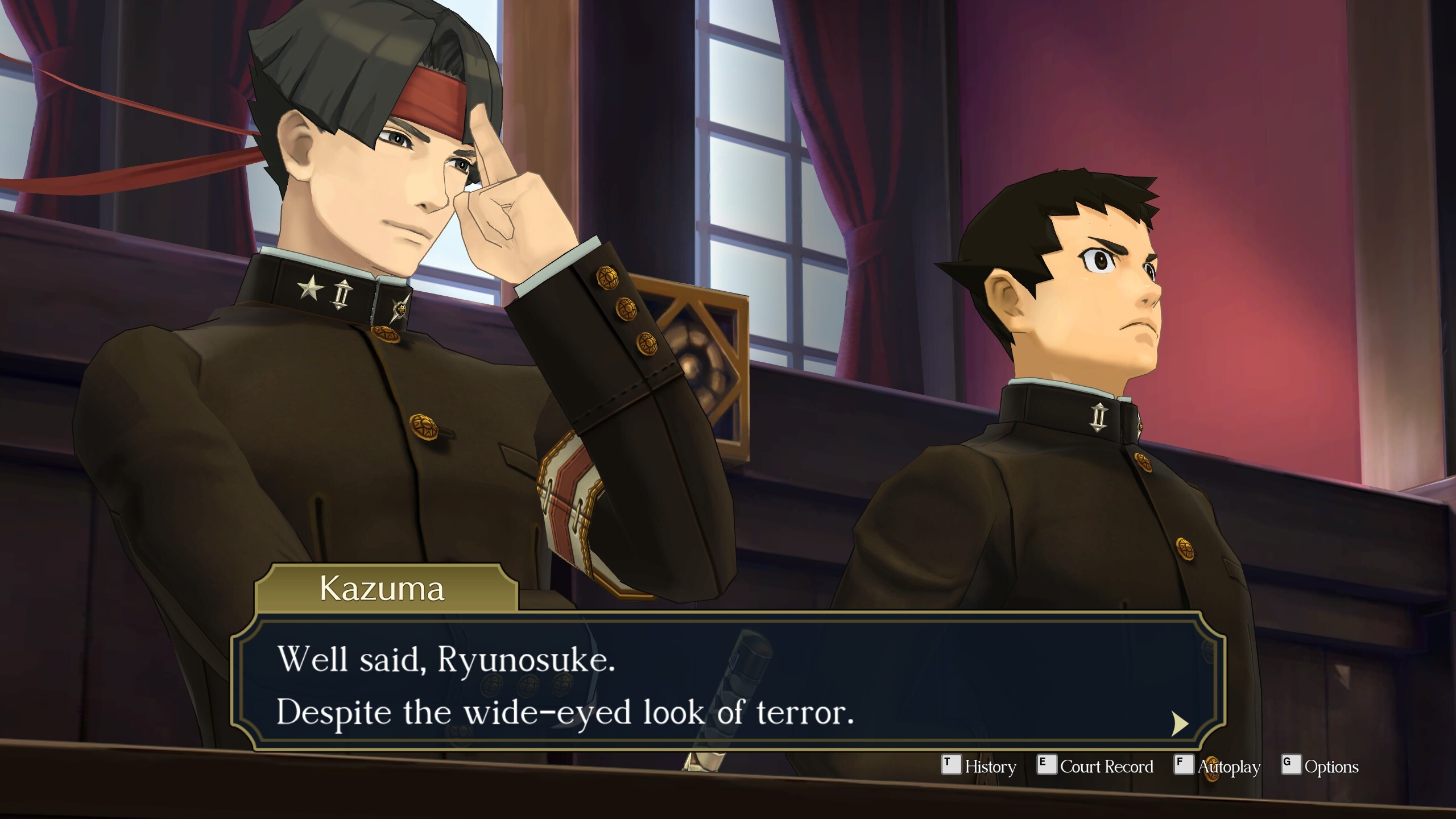
Even the awkwardness in its PC port, like nonsense keybindings, and this baffling dependency/codec error:
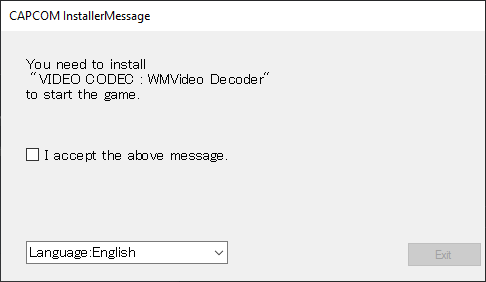
... is, well, within expectations for Capcom.
Great Ace Attorney may take place in a different era, and a different hemisphere, but friends of Phoenix and Maya will get along with Ryunosuke and Susato just fine.
Like Phoenix's (and Apollo's) stories, this one is both fun and dramatic -- building up an enchanting cast of characters, like the absent-minded Sherl- er, Herlock Sholmes and the panicky Soseki Natsume; while simultaneously uncovering a deep backstory riddled with intrigue and pathos.
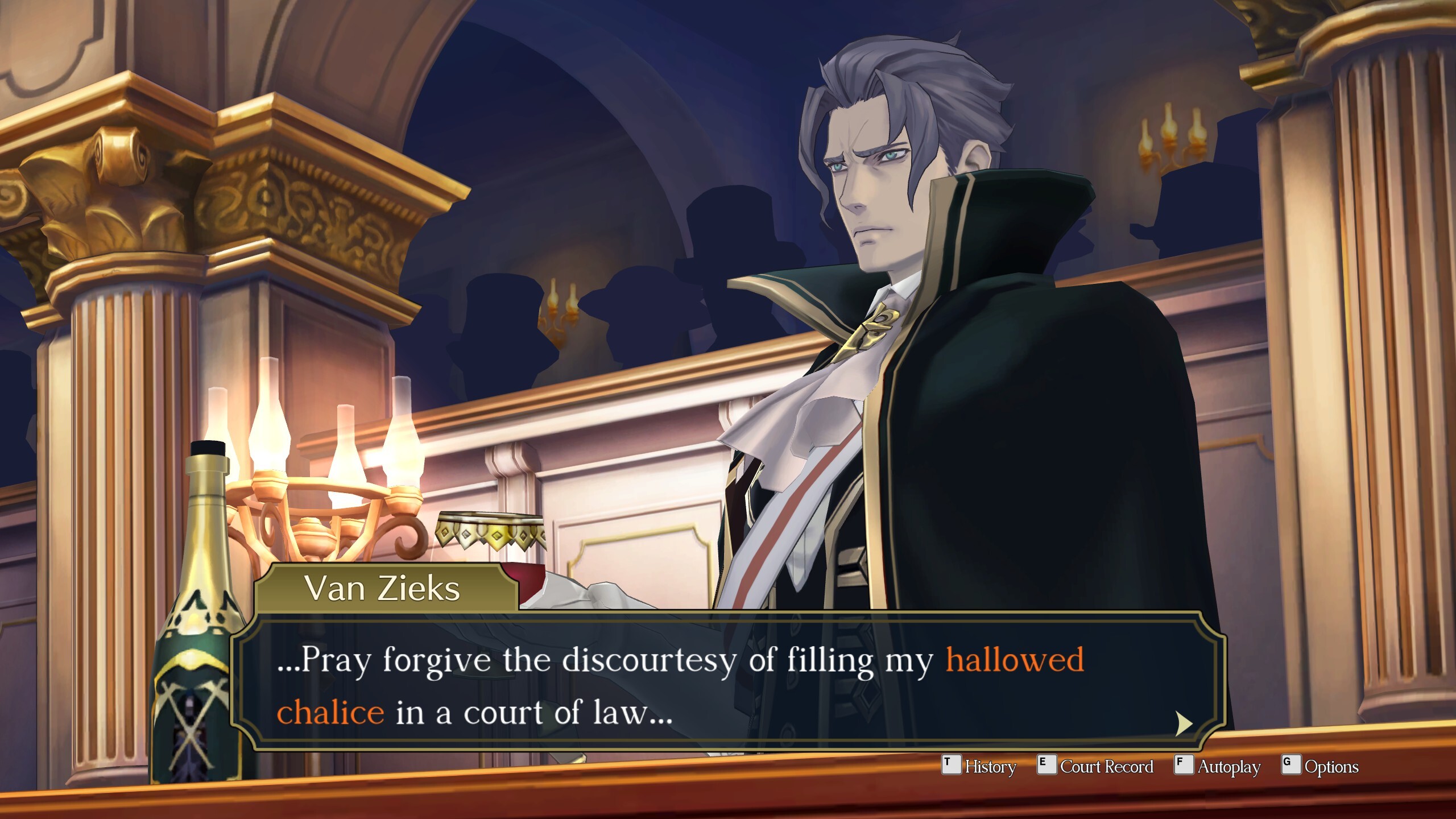
The pacing of some cases is a bit "off," especially when the first game ends with major plot questions unanswered, and the second game then flashes back to add more questions on top. And, some earlier cases can feel quite slow -- lots of dialog to click through.
But ultimately, when the final cases bring everything together, Ryunosuke's tale is a thoroughly entertaining and satisfying one.
The gameplay is, well, it does the job. Investigating scenes, and picking apart testimonies, work the same as ever; evidence can be rotated and poked at in 3D, like in Apollo Justice: Ace Attorney, although this game's (era-appropriate) scene investigation tools are less varied.
Great Ace Attorney reuses the multi-witness mechanic from Professor Layton vs. Phoenix Wright: Ace Attorney, but - as in its predecessor - this doesn't really change the flow of witness testimony.
And while Great Ace Attorney also adds a "Dance of Deduction" mechanic (logically deducing the scene with Sholmes) as well as a "Jury Summation Examination" mechanic (interviewing jurors to flip their rulings), they are - in practice - exactly like examining evidence and pressing witnesses. At least the Sholmes segments include some over-the-top choreography and finger-snapping.
(The first game also includes some content that's suggestive of a 3DS-specific stereoscopy feature; in this 2021 re-release, the game asks you to cross your eyes while looking at two images.)
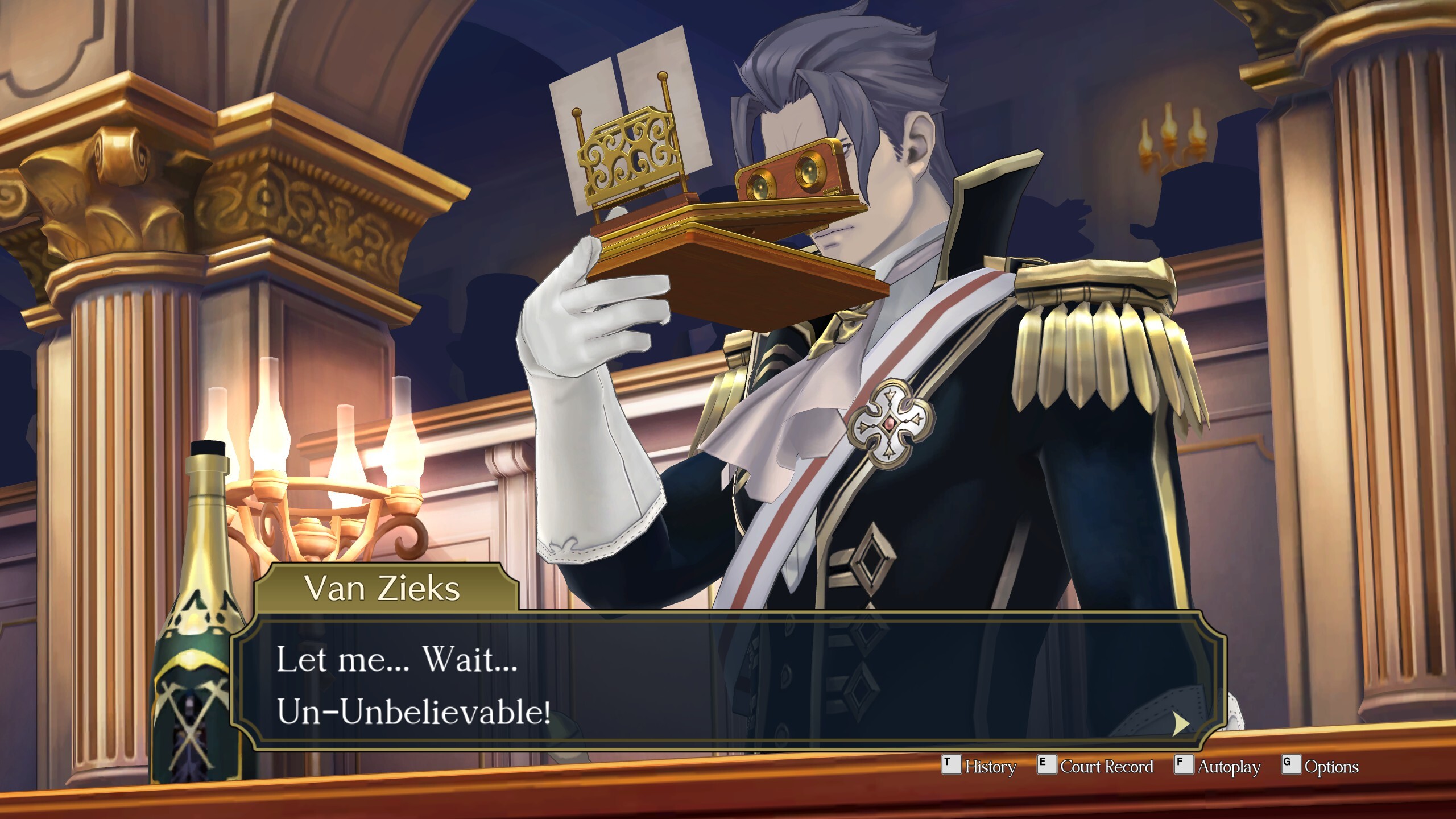
So, at its worst, the Great Ace Attorney duology doesn't innovate on its franchise's "visual novel with detective elements" foundation. And can move a bit slowly.
But these characters are enjoyable, and this story is fulfilling -- from its grandest aristocratic scandal to its tiniest pun. This collection is worthy of the name Ace Attorney.
Better than: Phoenix Wright: Ace Attorney - Spirit of Justice
Not as good as: Phoenix Wright: Ace Attorney - Dual Destinies
Thanks for the translation Capcom, now: how about that Ace Attorney 4-6 remaster?
